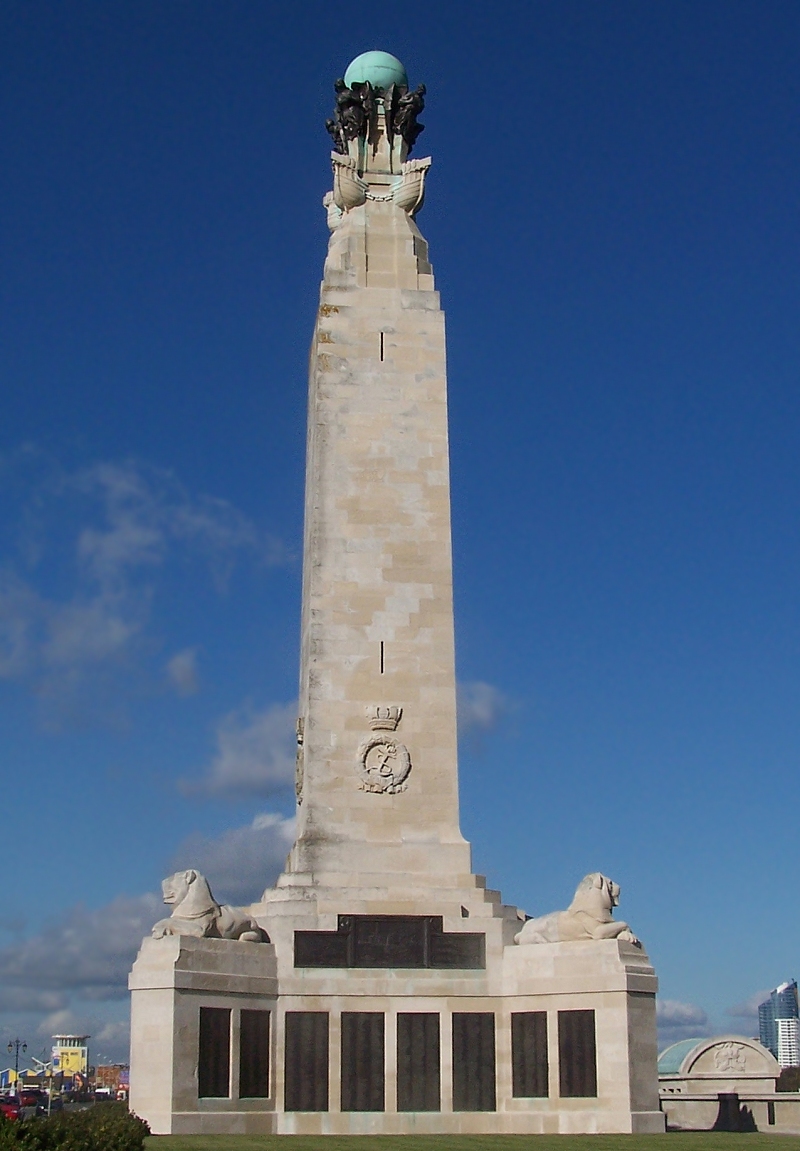 Military unit: Royal Navy (Submarine HMS E6)
Military unit: Royal Navy (Submarine HMS E6)
Service No.: 269451
Date & place of birth: 12 December 1877 at Southampton
Date & place of death: 26 December 1915, aged 38, in the North Sea off Harwich
Ernest Stevens was a career sailor, who joined the submarine branch of the Royal Navy in 1912. He was killed when submarine HMS E6 hit a mine in the North Sea.
Family
Ernest Edward Stevens was born on 12 December 1877 at 13 Upper Dover Street, Southampton, the youngest of 12 children (all sons) born to John Daniel Lovell Stevens (1836–1920), an officer with Customs & Excise, and his wife Mary Ann née Jouxson (1838–1915).
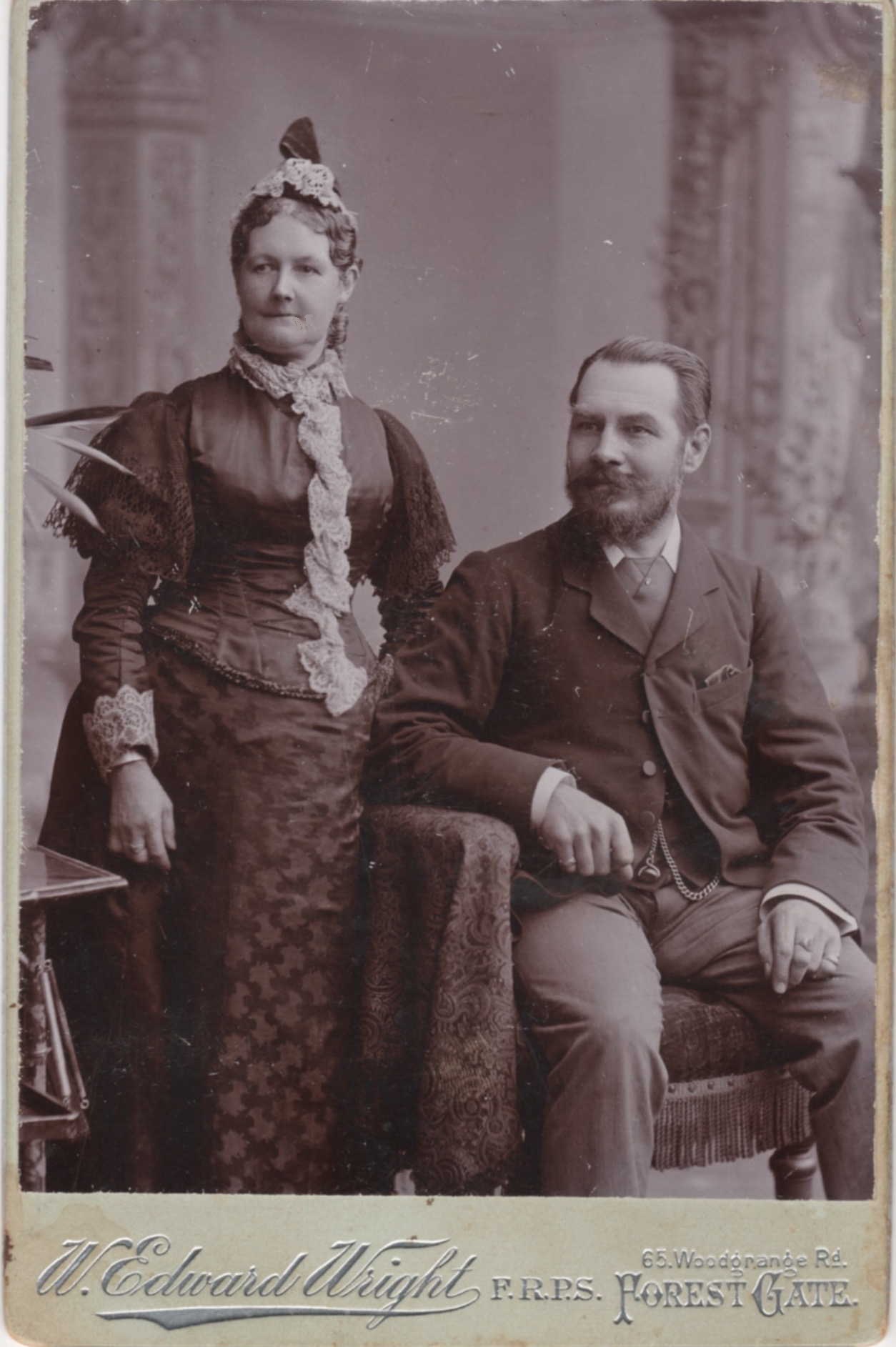
John Daniel Lovell Stevens was born in Falmouth, Cornwall but moved to Southampton in the 1840s, where his father, Aaron, worked as a boot and shoe manufacturer. Although John started off working with his father as a ‘cordwainer’, by the time of the 1861 census, he was employed as a ‘Customs House officer’. John married Mary Ann Jouxson, originally from Thornfalcon, near Taunton, Somerset, at St. Laurence’s Church in Southampton on 28 April 1856.
The couple’s first son, Henry Lovell, was born in Southampton the following year. Over the next 20 years, the couple had a further nine sons, all born in Southampton:
Lovell Jouxson, born 1859
Twins, John Willian and Thomas George, born 1861
George Aaron, born 1864
Robert Charles, born 1866
Aaron Raglan, born 1868
Octavius Alfred, born October 1870, died January 1871
Alfred Ernest, born 1872
Ernest Edward, born 1877.
After their marriage, the couple lived at 47 Chapel Road, Southampton, but by the 1871 census they had moved to 13 Upper Dover Street in the Bevois Town area of Southampton. At the 1891 census, the family were living at 119 Amity Road, in West Ham, East London.
Ten years later, John (now retired) and Mary Ann were back in Southampton, and were living at 29 Cliff Road (now Southcliff Road), a few hundred yards from their former home in Upper Dover Street. Their sons had by now left home, but living with them was 32-year old O Renie Noye, born in Penryn, Cornwall, described as an ‘adopted daughter’. In 1911, the couple were still at Southcliff Road, with their daughter, now also described as an ‘invalid’.
On 18 June 1905, at St Bartholomew’s Church in Outram Road, Southsea, 27-year old Ernest Edward Stevens married 20-year old Ellen Jane Elizabeth Huson. Ellen was born in West Ham on 10 November 1884. Her father, James Huson, was variously employed as a builder’s clerk, a groom, a butler to a solicitor and as a factory manager.
Ernest and Ellen had five children:
Daphne Ellen Mary, born at Portsmouth on 20 July 1906
Kathleen Mary, born at Southsea on 1 January 1908
John Juxon Lovell, born at Portsmouth on 12 April 1909
Peggy Quentin, born at Havant on 15 May 1911
Peter Arthur, born at Portsmouth on 12 March 1914
At the 1911 census, Ernest was absent (presumably at sea), while Ellen and her three children were living at Redhill Road, Rowland Castle.
Masonic career
Ernest’s brother, Lovell Jouxson Stevens was initiated into Southampton’s Lodge of Peace and Harmony No 359 on 15 November 1891. Lovell Stevens was installed as Worshipful Master of the Lodge in January 1901. In February 1903, he was a founder member of Beach Lodge No 2955, also meeting in Southampton, serving as Worshipful Master of that Lodge in 1907–08.
Ernest followed his brother into the Lodge of Peace and Harmony when he was initiated on 20 March 1899, aged 21. He was passed to the Second Degree on 17 April and raised to the degree of a Master Mason on 15 May 1899.
On 17 March 1902, Ernest was a joining member of the Royal Naval Lodge No 2761, meeting at Valetta in Malta, although he left the lodge in March 1903.
Ernest’s father, John Daniel Lovell Stevens was initiated into the Lodge of Peace and Harmony on 18 December 1899, followed by his eldest son, Henry Lovell on 15 April 1901, who was initiated by his brother Wor. Bro. Lovell Stevens. Thus, at this time there were four members of the family in the Lodge of Peace and Harmony: John and three of his sons.
On 21 December 1909, Ernest resigned from Lodge of Peace and Harmony; thus, at the time of his death, Ernest Stevens was not a subscribing Freemason.
Another son, Alfred Ernest Stevens was also briefly a Freemason. While serving with the Royal Navy, he was initiated into Metham Lodge No 1205 meeting at East Stonehouse, near Plymouth, on 17 April 1899, but was excluded from that Lodge on 31 March 1903 for non-payment of his subscriptions.
Service with the Royal Navy
Ernest’s brother, Alfred enlisted in the Royal Navy on 19 April 1894 as an Engine Room Artificer, rising through the ranks to become a Chief Engine Room Artificer 1st Class. He was invalided out of the Royal Navy in October 1911 and died at Plymouth Naval Hospital on 2 February 1912, from a cerebral tumour.
Ernest followed his brother into the Royal Navy when he enlisted on 16 August 1898, aged 20, signing on for an initial 12 years. His Royal Navy service records give his date of birth as 12 December 1876, thus making him appear a year older than his true age. On enlistment, he gave his occupation as a ‘fitter & turner’.
After 16 months training at various shore-based establishments at Portsmouth, Ernest’s first sea-going posting came on 16 December 1899, when he joined HMS Revenge with the rank of Engine Room Artificer 4th Class. The Revenge was based in the Mediterranean Sea until 15 May 1900, when she was replaced by HMS Victorious. HMS Victorious was a 16,000 ton Majestic-class pre-dreadnought battleship commissioned in 1896.
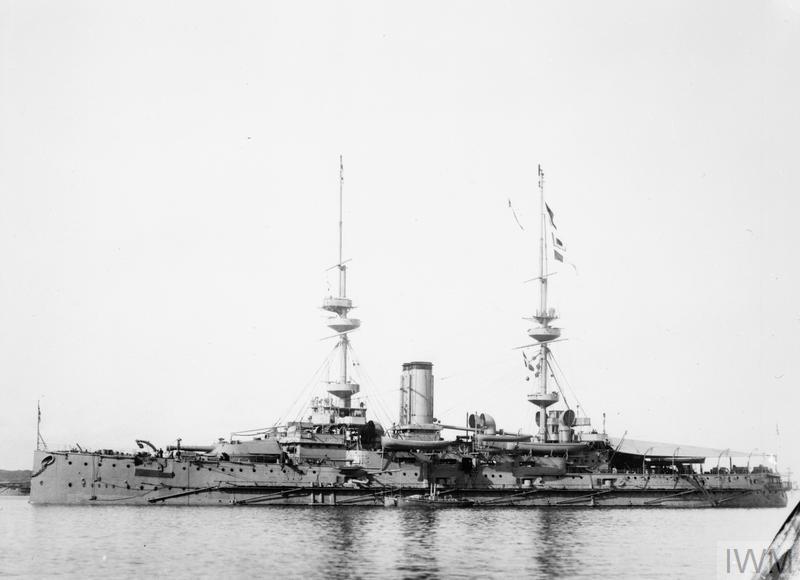
Under the command of Captain Charles Henry Cross, HMS Victorious took part in combined manoeuvres off Cephalonia and Morea in late September and early October 1902.
Ernest was recorded as a member of the crew of HMS Victorious in the 1901 census. He remained on Victorious until 7 August 1903, when she was paid off at Chatham, by when he had been promoted to Engine Room Artificer 3rd Class.
His next posting came on 30 October 1903, when he joined the crew of HMS Good Hope, a 14,150 ton Drake-class armoured cruiser, commissioned in November 1902. She was the flagship of Rear-Admiral Wilmot Fawkes, commander of the Cruiser Squadron in the Home Fleet. In March 1905, he left the Good Hope and then joined HMS Cressy in May.
Cressy was a 12,000 ton armoured cruiser commissioned in May 1901. Shortly after joining Cressy, Ernest was promoted to Engine Room Artificer 2nd Class, and in September 1905 he was transferred to the submarine service based on HMS Thames.
HMS Thames was commissioned in 1888 as a 4,000 ton cruiser, but in 1903 she was converted into a submarine tender. In mid-1906, she was at Portsmouth, one of three depot ships minding the four “A”-class and six “B”-class boats of the Portsmouth Submarine Flotilla.

From 18 April 1906 to December 1910, Ernest was posted to HMS Mercury, being promoted to Chief Engine Room Artificer 2nd Class on 30 January 1907. HMS Mercury had been built in 1879 as a 3,730 ton cruiser, but was converted to a submarine depot ship at Portsmouth in 1906.
After five years with the submarine service, Ernest returned to sea on 15 December 1910, when he was posted to HMS Prince of Wales, a 14,140 ton London-class battleship launched in 1902. She was the flagship of Rear-Admiral John Jellicoe, the newly-appointed Commander-in-Chief of the Atlantic Fleet. Ernest remained with the Prince of Wales until May 1912, when she was transferred to the Home Fleet.
After a series of short-term postings, on 20 October 1912 Ernest returned to the submarine service with HMS Dolphin, receiving his last promotion to Chief Engine Room Artificer 1st Class on 28 January 1913. HMS Dolphin had been built in 1882 as a screw sloop, but in 1907 she became a submarine command ship, based at Portsmouth, servicing the Second Submarine Flotilla.
On 11 December 1913, Ernest was transferred to HMS Maidstone. Unlike previous submarine depot ships, which were generally redundant warships, Maidstone was purpose-built having been commissioned at Portsmouth on 15 October 1912, before being transferred to Harwich in 1914 to service the Eighth Submarine Flotilla.
At Maidstone, Ernest served on HMS E-6, an E-class submarine built by Vickers at Barrow-in-Furness. She was laid down on 12 November 1911 and commissioned on 17 October 1913. She was 181 ft. long and powered by two 800 horsepower diesel engines and two 420 horsepower electric motors, which could generate a maximum surface speed of 16 knots and a submerged speed of 10 knots. She had a maximum design depth of 100 ft. Her complement was three officers and 28 men.
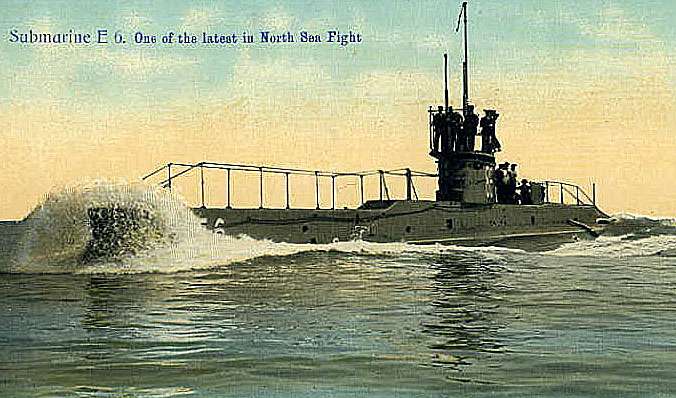 Soon after war was declared on 4 August 1914, submarine HMS E-6 was at sea under the command of Lieutenant Commander Cecil Ponsonby Talbot, in the North Sea patrolling the Heligoland Bight off the coast of Germany. On 28 August, she was part of a pack of eight submarines which took part in a raid on a German patrol. E-6, E-7 and E-8 were deployed as bait, with orders to try to get spotted by the German destroyer patrols and lure them into the path of British destroyers. The German warships failed to take the bait, but the Royal Navy were able to engage the enemy, sinking three cruisers and a destroyer, and seriously damaging four other warships, with one British cruiser heavily damaged. 712 German sailors were killed, while the Royal Navy suffered 35 fatalities.
Soon after war was declared on 4 August 1914, submarine HMS E-6 was at sea under the command of Lieutenant Commander Cecil Ponsonby Talbot, in the North Sea patrolling the Heligoland Bight off the coast of Germany. On 28 August, she was part of a pack of eight submarines which took part in a raid on a German patrol. E-6, E-7 and E-8 were deployed as bait, with orders to try to get spotted by the German destroyer patrols and lure them into the path of British destroyers. The German warships failed to take the bait, but the Royal Navy were able to engage the enemy, sinking three cruisers and a destroyer, and seriously damaging four other warships, with one British cruiser heavily damaged. 712 German sailors were killed, while the Royal Navy suffered 35 fatalities.
The action on 28 August was very confused because of poor visibility and poor communication. E-6 was spotted by the British cruiser, HMS Southampton who tried to ram her, thinking she was a German U-boat. In turn, the submarine fired a torpedo at HMS Southampton, before diving steeply to avoid a collision. Neither vessel was damaged.
For his actions during the Battle of Heligoland Bight, Ernest was awarded the Distinguished Service Medal; unfortunately, the submarine’s log does not mention Ernest, nor does it give any indication of his actions that day. The award was recorded in the London Gazette on 23 October 1914. (The DSM was established on 14 October 1914 as the third level decoration for gallantry in action for ratings of the Royal Navy.)
On 25 September 1914, E-6 fouled a mine on her hydroplane guard when on patrol in the Heligoland Bight, but after half an hour’s patient work by Lieut. Frederick Williams-Freeman and a rating, Southampton-born Ernest Cremer, she was freed and made good her escape. Both men were decorated for their heroism: Williams-Freeman was appointed a Companion of the Distinguished Service Order and Cremer was awarded the Conspicuous Gallantry Medal.
On 4 February 1915, command of HMS E-6 passed to Lieutenant Commander William John Foster from Stubbington. During 1915, E-6 came into contact with the enemy several times, including unsuccessful attacks on the German battlecruiser Moltke in May, and on the cruiser Rostock in October.
Death and commemoration
By late 1915, the Admiralty had decided that German U-boats would have to reach the North Sea via Horns Reef, off the Danish coast. On Christmas Day, Lt. Cdr. Foster was ordered to proceed to the area of Horns Reef to intercept any U-boats passing that way. Foster left Harwich in E-6 on 26 December and the patrol was due to last approximately six days, weather permitting.
The area around Harwich had previously been mined and earlier that same morning the requisitioned armed trawler Resono had detonated a mine and been lost with all hands in that same vicinity. As E-6 neared the Sunk Light Vessel (about 25 miles out from Harwich) she was signalled by a patrolling torpedo boat to keep clear. It is not known whether or not Foster received the signal, but E-6 continued on her course straight into the minefield and in full view of the torpedo boat, she struck a mine and disappeared in a ball of smoke, leaving only some oil and flotsam on the surface.
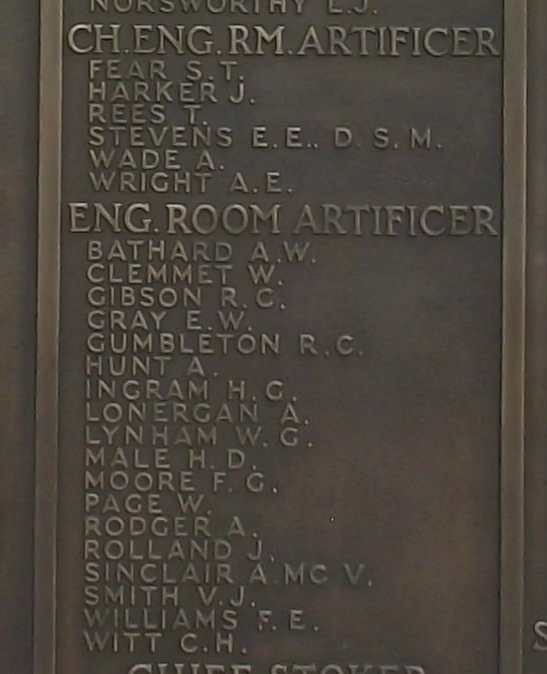 In all thirty-eight lives were lost, including Ernest Stevens.
In all thirty-eight lives were lost, including Ernest Stevens.
Ernest is commemorated on the Portsmouth Naval Memorial (on Panel 8) and on the Cenotaph in Southampton’s Watts (West) Park.
Also lost in the sinking of HMS E-6 were two members of Portsmouth’s United Service Lodge No 3124, 37-year old Petty Officer William Coltart and 34-year old Chief Petty Officer Arthur Marrington.
Subsequent family history
Ernest’s widow, Ellen never re-married. At the time of Ernest’s death, she was living at “Time Villa” in Kingsway, Dovercourt near Harwich. In 1933, she was living in the Streatham area of south-west London, with her children. Ellen died in Sheffield on 23 May 1953, aged 68.
Her five children all married and died in the 1980s or 1990s.
Sources
Ancestry.co.uk
1881 England Census
1891 England Census
1901 England Census
1911 England Census
England & Wales, National Probate Calendar (Index of Wills and Administrations), 1858-1966, 1973-1995
United Grand Lodge of England Freemason Membership Records, 1751–1921
UK, British Army and Navy Birth, Marriage and Death Records, 1730-1960
UK, Navy Lists, 1888-1970
UK, Royal Navy and Royal Marine War Graves Roll, 1914-1919
UK, Royal Navy Registers of Seamen’s Services, 1848-1939
UK, WWI Pension Ledgers and Index Cards, 1914-1923
CWGC Casualty Details: Stevens, Ernest Edward
Find a Grave: Ch Engn Rm Art 1C Ernest Edward Stevens
Great War Forum:
HMT Resono – lost Boxing Day 1915
Hampshire Advertiser:
1 January 1916. Mr. E. E. Stevens
8 January 1916. Deaths
Imperial War Museum, Lives of the First World War: Ernest Edward Stevens
London Gazette:
20 October 1914 Supplement: 28948 Page: 8501
Distinguished Service Medal (DSM)
Masonic Roll of Honour:
Chief Engine Room Artificer Ernest Edward Stevens DSM
The National Archives:
ADM 188/431/269451 Stevens, Ernest Edward Official Number: 269451
ADM 188/429/268085 Stevens, Alfred Ernest Official Number: 268085
Submarine E6 1914 Oct. 8 – 1914 Dec. 2
The Newsman: 15 January 1916. Deaths
The Scotsman: 23 October 1914. Gallantry of the Crews
Southampton Cenotaph: Ernest Edward Stevens
Western Daily Press: 23 October 1914. Naval Honours List
Western Mail: 23 October 1914. Rewards Bestowed
Yorkshire Telegraph: 23 October 1914. Heroes All
Further reading on HMS E-6
Harwich & Dovercourt: Submarines World War 1
Maritime Quest:
Vice Admiral Sir Cecil P. Talbot, His Life Above and Below the Waves
Vice Admiral Sir Cecil Ponsonby Talbot, K.C.B., K.B.E., D.S.O. Photo Collection
Naval History:
Royal Navy Despatches Battle of Heligoland Bight
Casualty Lists of the Royal Navy
Project Gutenberg: Submarines, Mines and Torpedoes in the War
RN Subs: E Class – E6
War and Security: The Battle of Helgoland Bight 28 August 1914
Wikipedia: HMS E6
Wrecksite:
WW! Resource Centre: North Sea Diary, 1914-1918, by Stephen King-Hall
Photograph credits
Portsmouth Naval Memorial: Wikimedia Commons
John and Mary Stevens: Ancestry.co.uk
HMS Victorious: Imperial War Museum
HMS Mercury: Gosport Tourist Information Centre
HMS E-6: Wrecksite
Portsmouth Naval Memorial panel: Findagrave.com